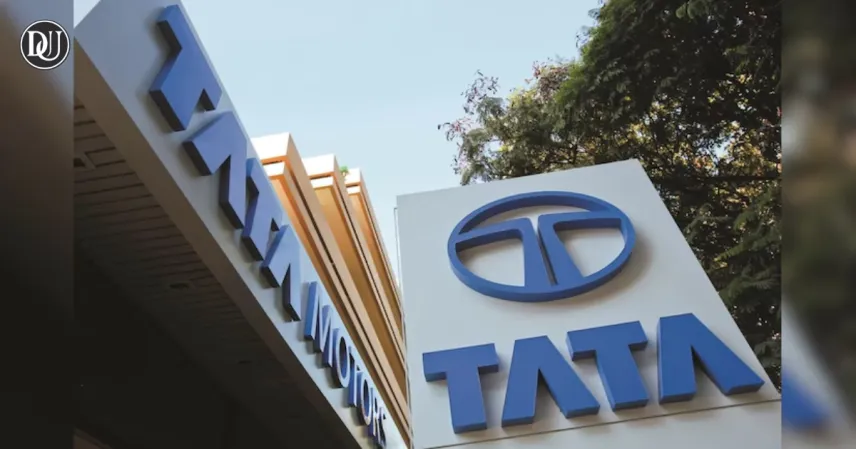In a world where every household feels the pinch of inflation and economic uncertainty, even giants like Tata Motors aren't immune to the pressure. The recent Q4 results were a wake-up call—not just for shareholders, but also for the thousands who rely on Tata’s performance as an indicator of the larger auto market’s health.
📉 When Profits Fall, Concerns Rise
Tata Motors, one of India’s most trusted automobile brands, reported a 51% drop in year-over-year profit in Q4. That’s not a small dip—it’s a sharp turn. While many expected some slowdown due to global headwinds, this plunge felt like a bump in the road that no one saw coming this early.
Behind this decline lies a mix of global uncertainties and trade-related tensions. The ongoing tariff war has made it harder for companies like Tata to maintain consistent margins, especially with its international arm Jaguar Land Rover (JLR) heavily impacted.
🌍 The Bigger Picture: Global Storms, Local Struggles
It’s not just about cars and numbers—this situation has a human side. Tata Motors operates across several countries, employing thousands. When profits slide, cost-cutting conversations start. That means people worry about jobs, plant closures, and budget tightening across departments.
And it’s not just internal. The tariff war, primarily involving China and Western countries, is affecting parts procurement, export dynamics, and overall confidence in global trade. For Tata Motors, this adds layers of complexity to how they plan future strategies.
🚘 Demand Is Still Alive, But So Are Challenges
Let’s be clear: people are still buying cars. Tata’s line-up—from Nexon to Punch—continues to perform well domestically. However, the problem isn’t always with demand. The real struggle is maintaining profitability while dealing with rising input costs, erratic supply chains, and fluctuating currency rates.
The electric vehicle (EV) segment remains a bright spot, but even there, battery sourcing and international policy changes keep throwing curveballs. Tata has committed to clean mobility, but surviving today is as crucial as preparing for tomorrow.
💬 What Tata Is Saying—and What It Means
The company has acknowledged that the environment is “challenging,” especially given the global economic turbulence and ongoing tariff uncertainties. But that doesn’t mean it’s waving a white flag. On the contrary, Tata Motors is recalibrating its plans, realigning production, and focusing more aggressively on domestic growth while keeping an eye on international risks.
This is more than just PR talk—it’s a signal of resilience. It shows that while the ride may be rough now, Tata Motors has no plans to slow down.
🌟 The Road Ahead: Not Smooth, But Navigable
The next few quarters will be crucial. Investors are watching closely. Customers are hoping product quality and service don’t slip. Employees want job security. And policymakers might need to step in with more supportive measures if this environment continues.
But here’s the truth: Tata Motors has weathered storms before. From steep competition to economic crises, this company has a history of bouncing back stronger.
In times like this, what matters most is trust—from shareholders, from employees, and from loyal customers who believe in the brand's ability to course-correct and drive forward.










